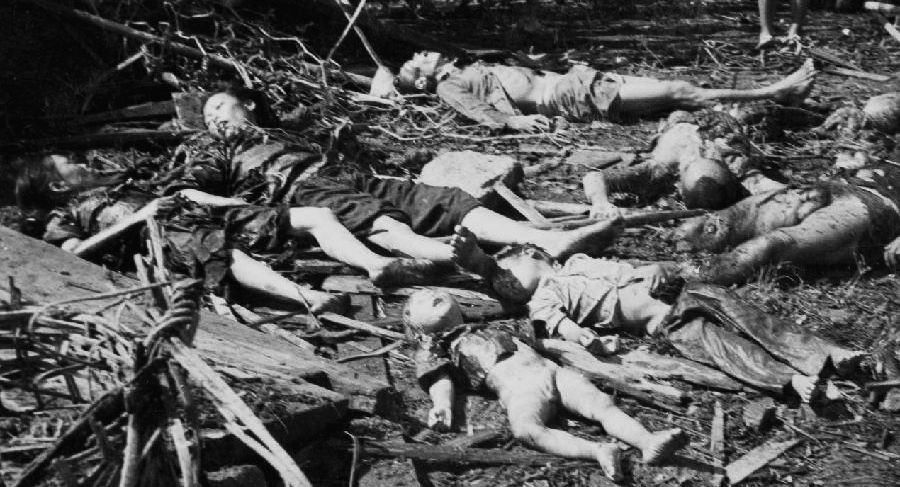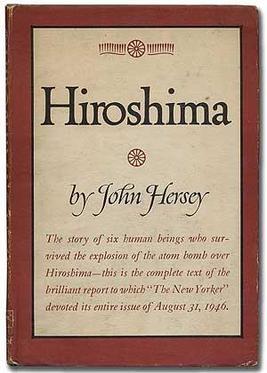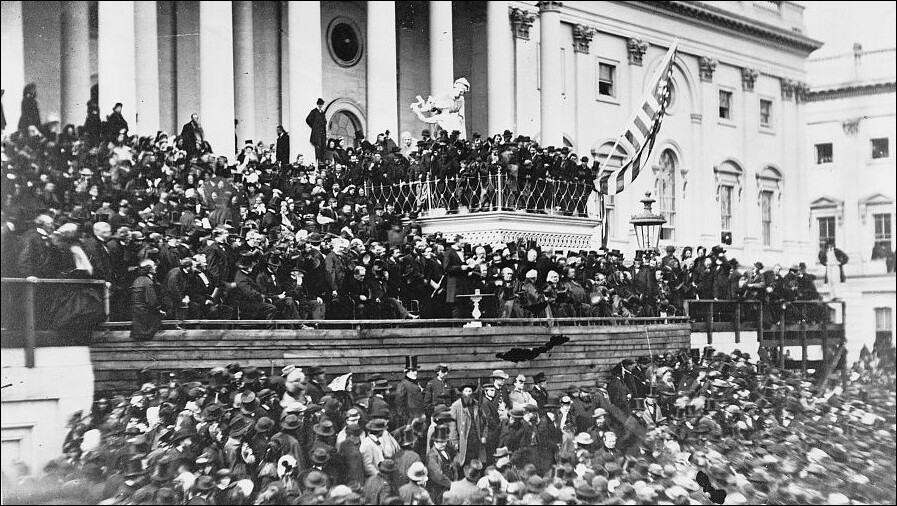Editor’s Note: David Dean Barrett is a military historian, specializing in World War II. His first book, 140 Days to Hiroshima: The Story of Japan's Last Chance to Surrender, was published in April of 2020.
After the bloody battles at Iwo Jima and Okinawa, planners feared as many as two million American deaths if the US invaded the Japanese homeland.
By the summer of 1944, U.S. military power in the Pacific Theater had grown spectacularly. Beginning days after the D-Day invasion in France, American forces launched their largest attacks yet against the Japanese-held islands of Saipan on June 15, Guam on July 21, and Tinian on July 24. Situated 1,200 to 1,500 miles south of Japan in the crescent-shaped archipelago known as the Marianas, they were strategically important, defending the empire's vital shipping lanes from Asia and preventing increased aerial attacks on the homeland.






